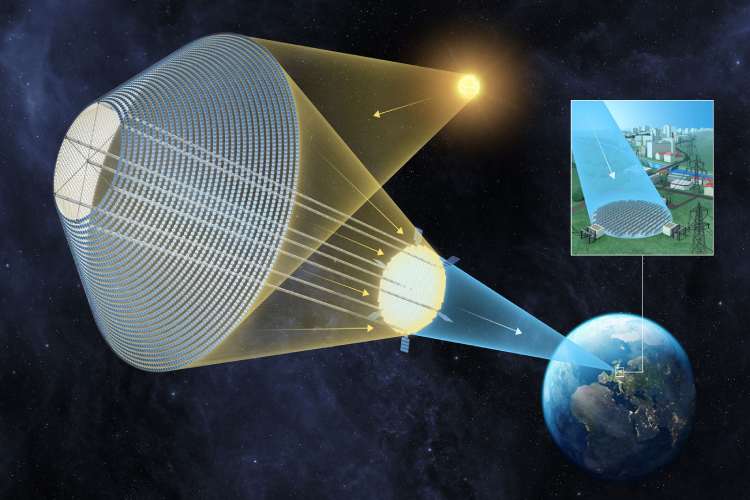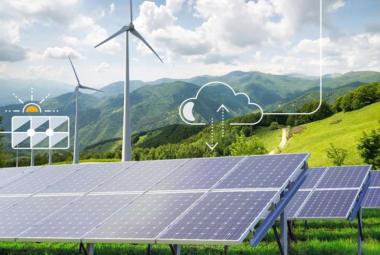Self-healing solar cell technology prevents solar cells from degrading when used, by leveraging materials such as perovskite to continuously replace bonds broken by solar radiation.
A new study by Juniper Research, the foremost experts in IoT markets, has found that investment by space vendors and agencies in space-based solar energy will grow from $370 million in 2024 to $1.9 billion in 2029. This substantial increase will be driven by the need for renewable baseload energy. Baseload energy refers to the minimum amount of energy required to be provided to the grid. Space-based solar power transmits solar energy collected in space to the terrestrial electricity grid or specific use cases, such as disaster relief centres.
For the transition from fossil fuels, renewable energy sources must be able to constantly meet baseload energy demands. Due to the dependence of terrestrial renewables such as wind on their environment, output varies significantly; limiting their ability to meet baseload energy requirements.The report identified space-based solar energy as key to resolving this challenge, as space-based solar energy systems can provide near-constant energy to the grid. To maximise the return on investment, space vendors and agencies must focus on technologies such as self-healing solar cells. Self-healing solar cell technology prevents solar cells from degrading when used, by leveraging materials such as perovskite to continuously replace bonds broken by solar radiation. This will enable vendors to extend the lifespan of space-based solar energy satellites and increase their return on investment.
Research author Alex Webb remarked: “To be optimised for spaceflight, the report recommended that self-healing solar cells be manufactured as ultra-thin cells. This minimises solar cell mass, thus decreasing rocket launch costs and increasing the flexibility in space-based solar energy system design.”
Juniper Research anticipates that, in order to keep pace with demand from consumers, enterprises, and governments, global net electricity production must exceed 43,000 TWh in 2035. Net electricity production is the total electricity produced minus the electricity consumed at the generating station.
This increase in demand for electricity will be driven by a range of factors including:
• Population Growth – Juniper Research forecasts global population to reach 9.2 billion in 2035, a 13.2% increase from the 8.1 billion in 2024. This will result in a greater number of electronics requiring electricity, necessitating increased net electricity production.
• Economic Development – Emerging economies are increasingly industrialising their economies, as well as seeing rising urbanisation. This will continue to foster access to electricity, thus driving consumption.
However, whilst meeting this demand for electricity, the world must also meet its net zero targets; eliminating over 60% of the world’s electricity supply. Net zero refers to when the emission and removal of greenhouse gases in the Earth’s atmosphere is balanced. This exacerbates the need for new electricity production; necessitating significant investment in renewable electricity.













